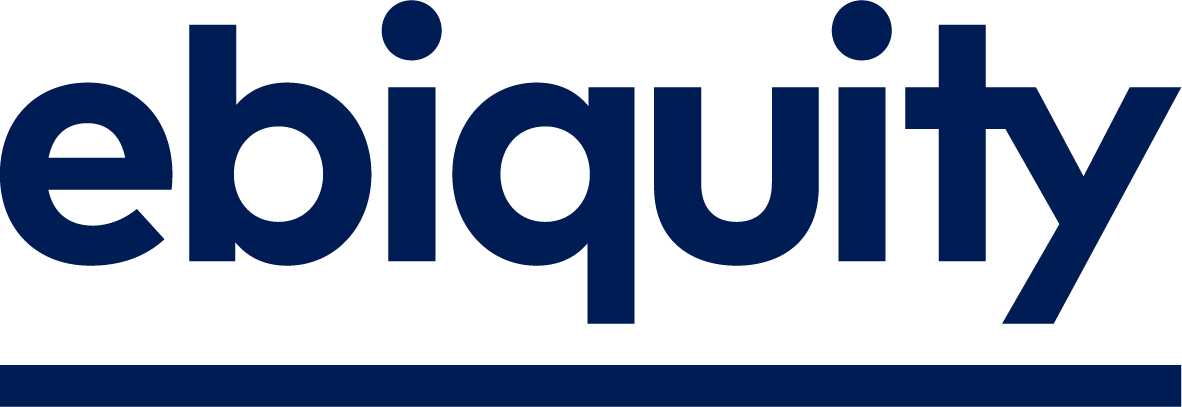The U.S. Association of National Advertisers (ANA) ran its annual “Masters of Marketing” conference in Orlando, Florida on October 2-5, 2019. Every year, the event brings together the world’s best brands and biggest-spending advertisers, which this year included Anheuser-Busch InBev, Disney, Dunkin’ Donuts, Fiat Chrysler, Ford, Procter & Gamble, and SAP. The conference also attracts agencies, media owners, and platforms, including Facebook, Google, and Pinterest. At the event, leading practitioners and commentators share best practice and set the agenda in marketing for the year ahead.
Ebiquity is proud to be thought leadership partners with the ANA and to count 70 of the world’s top 100 advertisers as its clients. Our global and U.S. leadership teams were also in attendance. In this post, we’ve pooled our collective reflections and summarised the key trends raised at the conference.
Here are five of the stories we found most compelling and distinctive.
1. You need to put substance behind a brand promise to drive revenue
Tony Weisman, CMO at Dunkin’, explained how the company had changed and refreshed its brand promise to become ‘We refill optimism’. Despite having a large and loyal fanbase which genuinely loves the brand, Dunkin’ had historically failed to translate love into revenue. The brand had over-invested in transactional promotions and failed to engage its customers. Weisman’s eight key learnings from this transformational exercise were:
- Stay true to who you are
- Be a good listener
- Eliminate friction
- Don’t let yourself go
- Keep it interesting
- Make each other laugh
- Little gestures go a long way
- Don’t be afraid of intimacy
These lessons are a good prescription for any brand looking to stimulate a meaningful and equal dialogue with its customers. They were echoed in the talk from Chris Brandt, the CMO of Chipotle, who talked about the need to ‘keep things real’, in terms of authentic ingredients, authentic recipes, and authentic people throughout the organisation.
Rick Gomez, EVP of Marketing and Digital at retailer Target reported that it, too, had found that consumers feeling love for the brand didn’t necessarily translate into sales growth. To turn brand lovers into regular shoppers, Target needed to go back to its core brand purpose – “to help families discover the joy of everyday life” – and put that front and centre of its media and creative strategy. Gomez challenged marketers to ask themselves three core questions, each of which should require action and attention:
- Is there anything that gives us pause?
- Is there anything that is new?
- Are we doing right by our brand and the consumers we serve?
2. There is great power in truly human brand storytelling
Marcel Marcondes, U.S. CMO of Anheuser-Busch InBev revealed that the global brewing powerhouse has experienced success in recent years by both focusing on brand storytelling and connecting with their consumers as people. This is particularly important because – as AB InBev has learned to its cost in the past – in order to command consumer attention, brands need themselves to pay attention to those very consumers. As a result, the company is in the process of a transformation to become a people-first organisation. To this end, it has adopted four key strategies:
- Speak their language
- Break the stereotypes
- Give them what they want
- Show them you care
Picking up on this theme, Disney Parks, Experiences, and Products’ EVP for Global Marketing and Sales, Jill Estorino shared how the emotional connection that the company’s customers have with its characters and brands means that human connection drives everything company does in its marketing communications.
3. Despite the strides made in transparency, walled gardens are next
P&G Chief Brand Officer Marc Pritchard urged delegates – and leading brands – to “disrupt the market before it disrupts you”. At the event, he was named co-chair of the ANA’s #SeeHer movement, an initiative founded in 2016 to eliminate gender bias in media and advertising. Having taken the lead on driving transparency into the digital media supply chain since the ANA report and recommendations Ebiquity co-authored with FirmDecisions in 2016, Pritchard is now keen to break into walled gardens. He’s looking to ensure that the major platforms, including Facebook, Google, and YouTube share more, better – and ultimately complete – media performance data. His energy, ambition, and tenacity are admirable.
4. The future is here already
Charlie Chappell, Head of Integrated Media & Comms Planning for The Hershey Company encouraged brand owners to master their identity and, as far as possible, establish one-to-one relationships with their customers. While it is not always practical – particularly for mass packaged consumer goods brands – to develop direct-to-consumer relationships, this is where consumer expectations are headed. This is in part down to the development and rapid rise to prominence of DTC brands. Chappell also sees strong opportunities in the near-to-medium-term future for social 3.0, including Tik Tok and eSports, but encouraged brand owners not to pay over the odds. Fear of missing out has a habit of overpricing shiny new objects.
5. Brands need a new paradigm for digital investment
The iconoclastic and often contrarian chairman of VanyerX, Gary Vaynerchuk, told ANA members that one of the reasons so many companies find it so hard to detect meaningful return on investment for their collective billions of dollars of digital marketing investment is that they’re spending it in the wrong way. “This industry is looking at yesterday and putting it on a pedestal of how we used to tell the story,” he told delegates. “The biggest elephant in the room is that the industry has wildly overvalued potential reach and subjectiveness in lieu of relevance to the end consumer.”
These were the topics and the talks that most captured our attention. And notable by their absence – after dominating marketing conferences in recent years – were: the role of the CMO, the rise and rise of DTC brands (and what FMCG/CPG brands can learn from them), in-housing, and data. Data did get some airtime, but this was mostly in the context of what legislation is doing to make targeting more difficult, from GDPR to the California Consumer Privacy Act (CCPA) and the threat – or promise – of U.S.-wide legislation. That, however, is unlikely to follow before the 2020 presidential election.
After such a packed and stimulating agenda, we already can’t wait to hear how brands have adapted to these new challenges at next year’s event.



